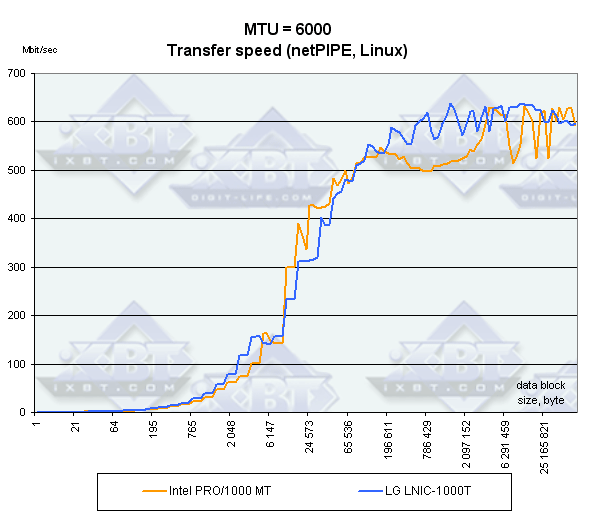About
MTU (Maximum Transmission Unit) is the largest size of an Ethernet frame (data packet) that can be sent across a point-to-point connection
MTU parameters usually appear in association with a communications interface (NIC, serial port, etc.). Standards (Ethernet, for example) can fix the size of an MTU; or systems (such as point-to-point serial links) may decide MTU at connect time.
Larger MTU ?
A larger MTU brings greater efficiency because each packet carries more user-data, protocol overheads, such as headers or underlying per-packet delays, remain fixed, the resulting higher efficiency means a slight improvement in bulk protocol throughput. A larger MTU also means processing of fewer packets for the same amount of data. In some systems, per-packet-processing can be a critical performance limitiation.
Table of MTUs of common media
the MTUs in this section are given as the maximum size of IP packet that can be transmitted without fragmentation - including IP headers but excluding headers from lower levels in the protocol stack.
| Internet IPv4 | At least 576 |
| Internet IPv6 | At least 1280 |
| Ethernet v2 | 1500 |
Ethernet (802.3) 1492[3]
Nearly all IP over Ethernet implementations use the Ethernet V2 frame format.
How to
Detect the largest MTU ?
By using the Ping utility from the command line you can establish the largest MTU size that can be used before packets begin to be lost.
You can test the size of the MTU and largest packet allowable by using the Ping command in conjunction with the “-l” (lower case L) switch followed by the packet size in bytes.
Usually the MTU is set to 1500 bytes by default so it is best to start with a figure around 1400 and work upwards. In most MTU test scenarios it is recommended that the –f (don’t fragment packet) switch is used as in most cases the connection will attempt to fragment packets that are larger then the MTU.
ping www.google.com -l 1400
Pinging www.l.google.com [66.102.13.99] with 1400 bytes of data:
Reply from 66.102.13.99: bytes=64 (sent 1400) time=19ms TTL=54
Reply from 66.102.13.99: bytes=64 (sent 1400) time=22ms TTL=54
Reply from 66.102.13.99: bytes=64 (sent 1400) time=19ms TTL=54
Reply from 66.102.13.99: bytes=64 (sent 1400) time=18ms TTL=54
Ping statistics for 66.102.13.99:
Packets: Sent = 4, Received = 4, Lost = 0 (0% loss)
Approximate round trip times in milli-seconds:
Minimum = 18ms, Maximum = 22ms, Average = 19ms
H:\>ping www.google.com -l 1500
Pinging www.l.google.com [66.102.13.99] with 1500 bytes of data:
Request timed out.
Request timed out.
Request timed out.
Request timed out.
Ping statistics for 66.102.13.99:
Packets: Sent = 4, Received = 0, Lost = 4 (100% loss)
where: ttl is Data Cache - Time to Live (TTL) or hop limit
Change it ?
Network Interfaces will often allow you to set the MTU through the registry or alternatively there is third party software available that will provide a GUI that will let you change the MTU in an easy and safe manner.


